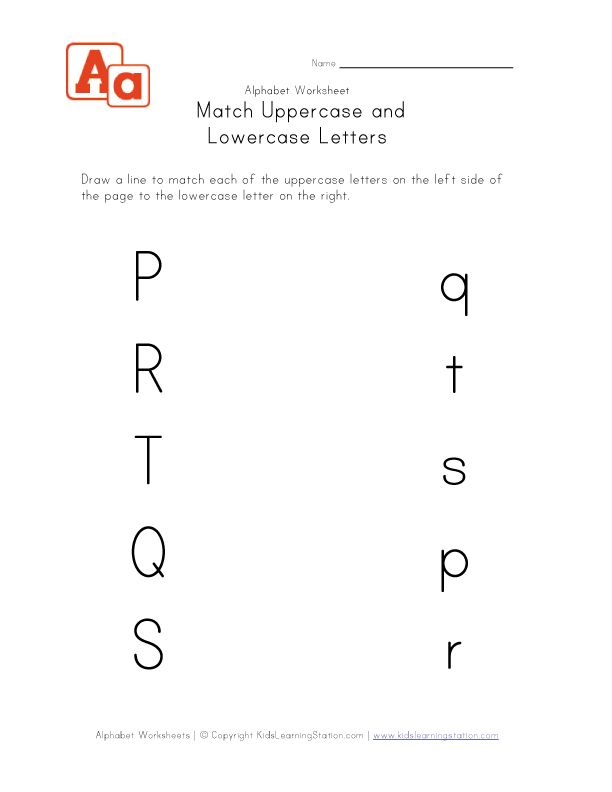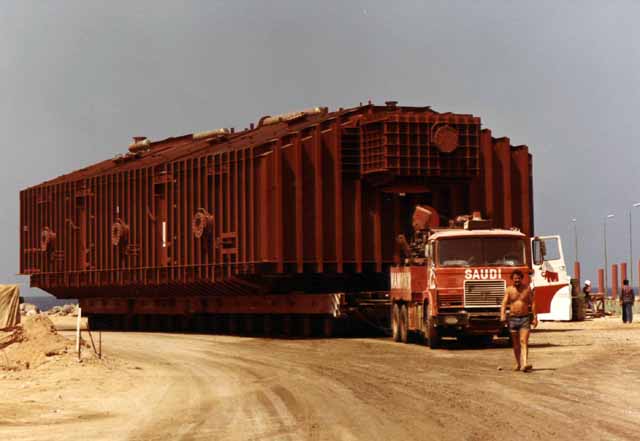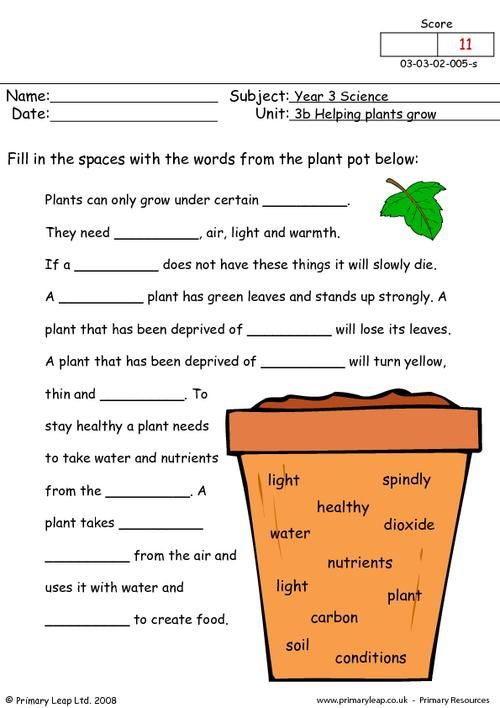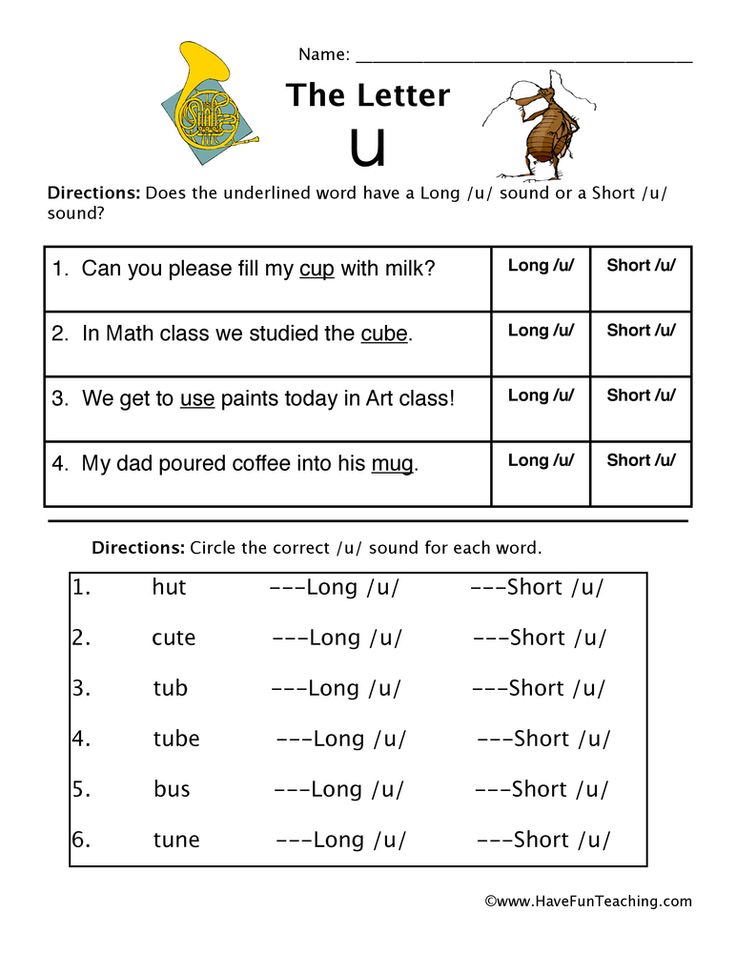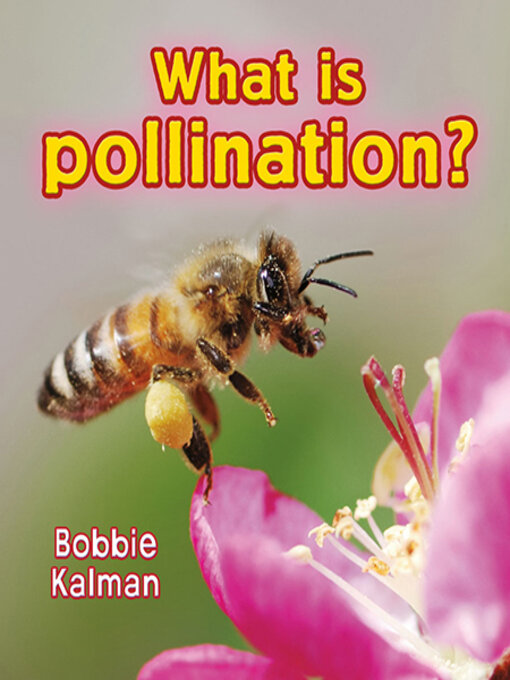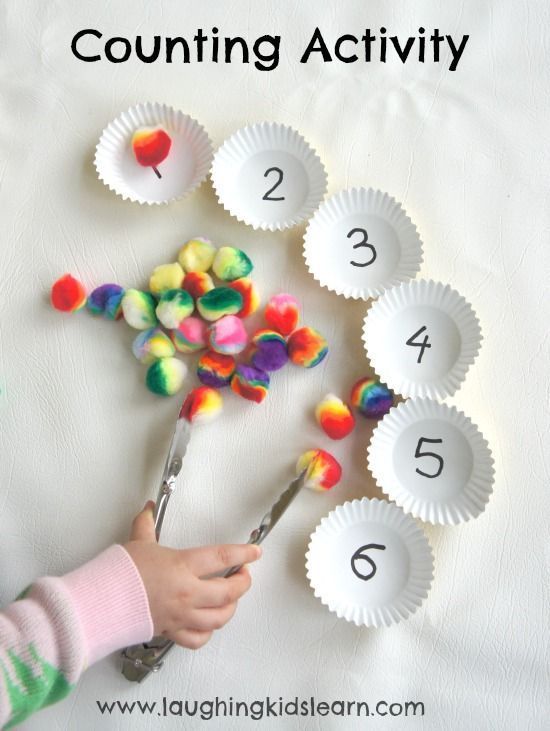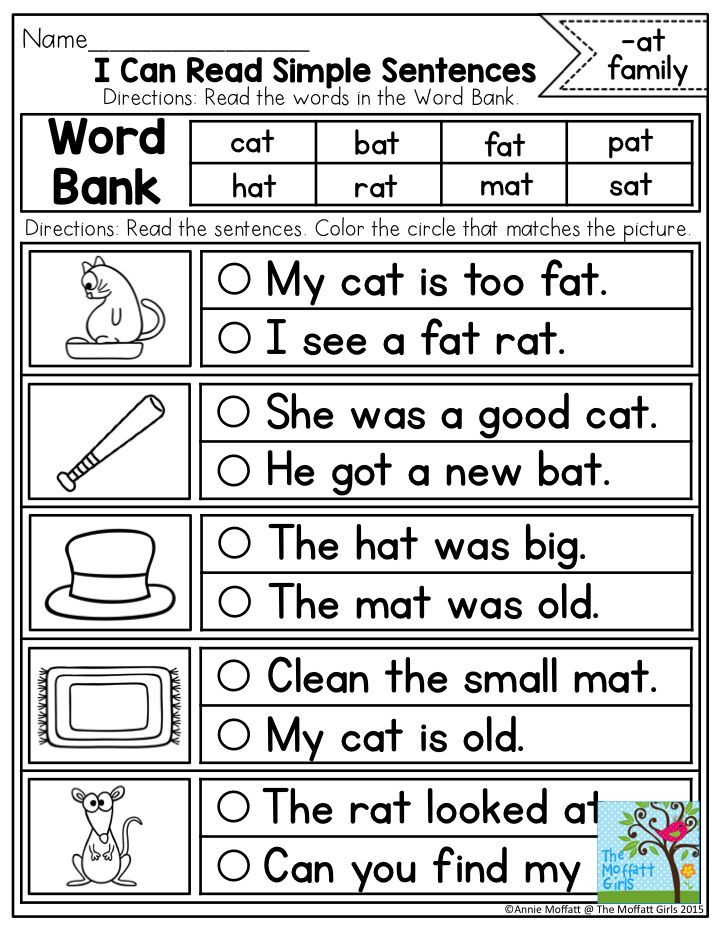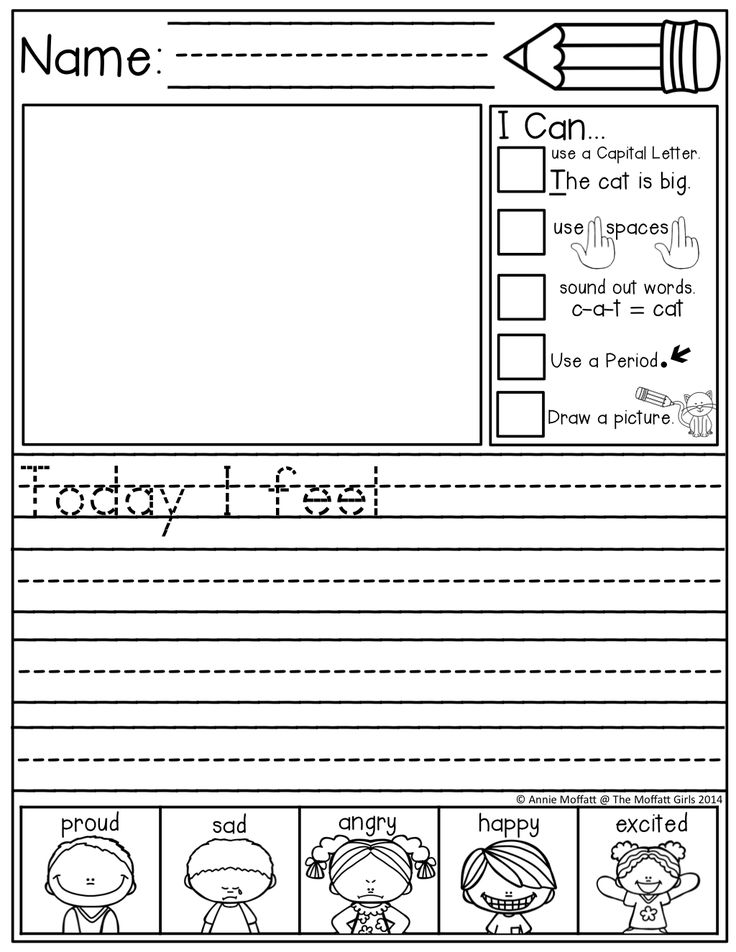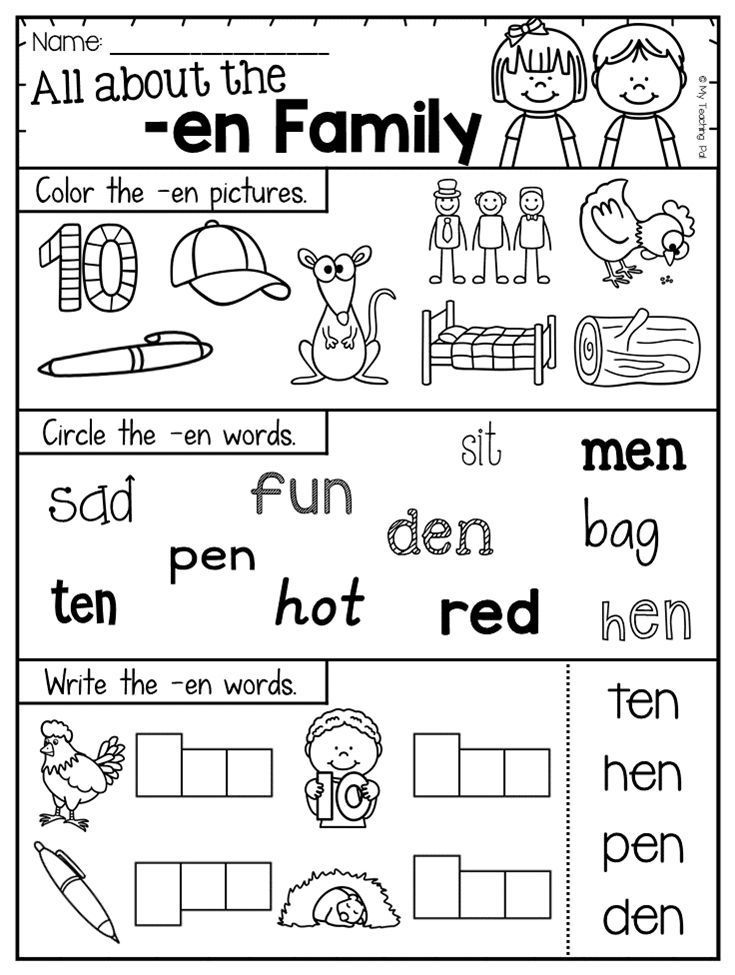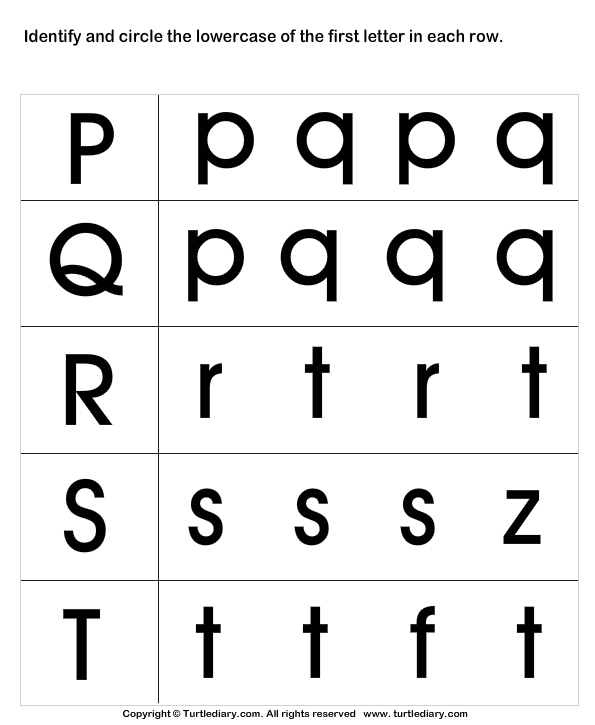Printable capital and lowercase letters
A-Z Uppercase Lowercase Letter Tracing Worksheets
Learning the ABC and practice writing the alphabet is among the very first things that kids spend a lot of time with teachers and parents exploring, teaching and learning together. At this very early age, learning should be experienced through playing, practicing and repeating to make the whole process fun and easy for kids to absorb and remember.
In previous posts, I presented a lot of alphabet coloring pages to help kids recognize all the letters from A-Z through coloring activities with both uppercase and lowercase letters. In this post, I’m introducing to you series of alphabet manuscript tracing worksheets. Happy playing & learning!
Related worksheets
:
NEW! Cursive uppercase and lowercase handwriting practice sheets
Number practice worksheets
Free book report and writing worksheets
-
Blank Handwriting Practice Sheet
-
Blank Handwriting Practice Sheet with Guidelines
-
-
Alphabet Tracing Worksheet Letter A through Z Uppercase
-
Alphabet Tracing Worksheet Letter a through z Lowercase
-
Alphabet Tracing Worksheet Letter Aa through Zz Uppercase & Lowercase
Letter A Writing Practice Sheet
Letter B Writing Practice Sheet
Letter C Writing Practice Sheet
Letter D Writing Practice Sheet
Letter E Writing Practice Sheet
Letter F Writing Practice Sheet
Letter G Writing Practice Sheet
Letter H Writing Practice Sheet
-
Alphabet Tracing Worksheet Letter A
-
Alphabet Tracing Worksheet Letter B
-
Alphabet Tracing Worksheet Letter C
-
Alphabet Tracing Worksheet Letter D
-
Alphabet Tracing Worksheet Letter E
-
Alphabet Tracing Worksheet Letter F
-
Alphabet Tracing Worksheet Letter G
-
-
Alphabet Tracing Worksheet Letter H
-
Alphabet Tracing Worksheet Letter I
-
Alphabet Tracing Worksheet Letter J
-
Alphabet Tracing Worksheet Letter K
-
Alphabet Tracing Worksheet Letter L
-
Alphabet Tracing Worksheet Letter M
-
Alphabet Tracing Worksheet Letter N
-
Alphabet Tracing Worksheet Letter O
-
Alphabet Tracing Worksheet Letter P
-
Alphabet Tracing Worksheet Letter Q
-
Alphabet Tracing Worksheet Letter R
-
Alphabet Tracing Worksheet Letter S
-
Alphabet Tracing Worksheet Letter T
-
Alphabet Tracing Worksheet Letter U
-
Alphabet Tracing Worksheet Letter V
-
-
Alphabet Tracing Worksheet Letter W
-
Alphabet Tracing Worksheet Letter X
-
Alphabet Tracing Worksheet Letter Y
-
Alphabet Tracing Worksheet Letter Z
I’ve been using these alphabet tracing worksheets for my kids to practice writing when they were at preschool and kindergarten.
If you are a teacher or parent who happen to use the materials on this site and have feedback or suggestions for future materials, please feel free to add your comment using the form located at the bottom of the page. Much appreciated!
Posted in: Learning the alphabet, Tracing pages, Writing worksheets | Tagged: Alphabet tracing sheets, Featured posts | 8 Comments
Free Printable Uppercase & Lowercase Letters Worksheets
by Sacha
Is your child is learning to write? Grab these free printable uppercase and lowercase letter tracing worksheets to help them practice their handwriting! Each page of the PDF file features a large uppercase and lowercase letter with dotted arrows, as well as several lines with dotted letters to help children trace all the letters of the alphabet.
This post may contain affiliate links, which means we may receive a commission, at no extra cost to you, if you make a purchase through a link.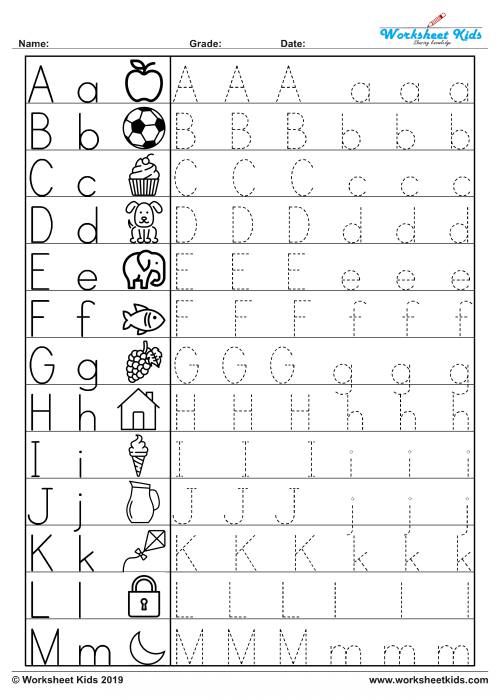 We only endorse products, services and merchants that we have personally used/tested and consider of the highest quality standard. Please see our full disclosure for further information.
We only endorse products, services and merchants that we have personally used/tested and consider of the highest quality standard. Please see our full disclosure for further information.
Looking for the printable? Simply scroll down and request it using the sign-up form!
Is it just me, or has kindergarten changed A LOT in the 25 years since I attended?
My eldest started this year, and the things she’s been learning are pretty amazing. She’s even been using what she learned to start reading simple words by sounding out each letter.
Letter formation is clearly not too far off, and because she is forever asking me to print out new worksheets for her, I thought I would create a few.
And since they took time create, I figured I may as well share them so that others can benefit from them too.
So if you have a child at home who is also learning to write uppercase and lowercase letters, scroll down and grab these worksheets so they can practice their handwriting! (School use is also allowed.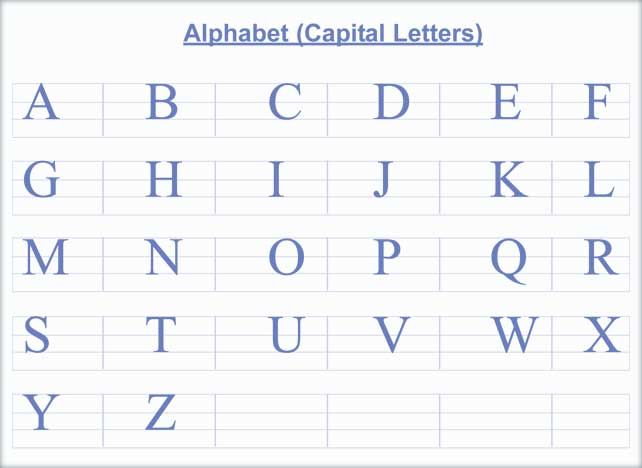 )
)
About this Printable
When you download this printable, you’ll receive a set of 26 ABC worksheets that will help your child practice writing upper- and lowercase letters.
Each page features two large letter templates (uppercase and lowercase) with lines that show how to trace each letter. Underneath those templates, you’ll find a few rows of dotted letters (uppercase and lowercase) to help you child practice tracing each one.
Once you download the PDF to your computer, all you’ll need to do is print it on Letter-sized (8.5 x 11 inches) paper and give it to your kids so they can practice tracing the letters of the alphabet.
These PDF alphabet writing practice sheets are perfect for preschool and kindergarten children who are learning to trace all the letters from A to Z.
How to Download Your Free Uppercase & Lowercase Letter Tracing Worksheets
In order to download these free PDF alphabet tracing worksheets to your phone or computer, simply enter your email address in the form below:
Within a few minutes, you’ll receive an email from us asking you to confirm your subscription.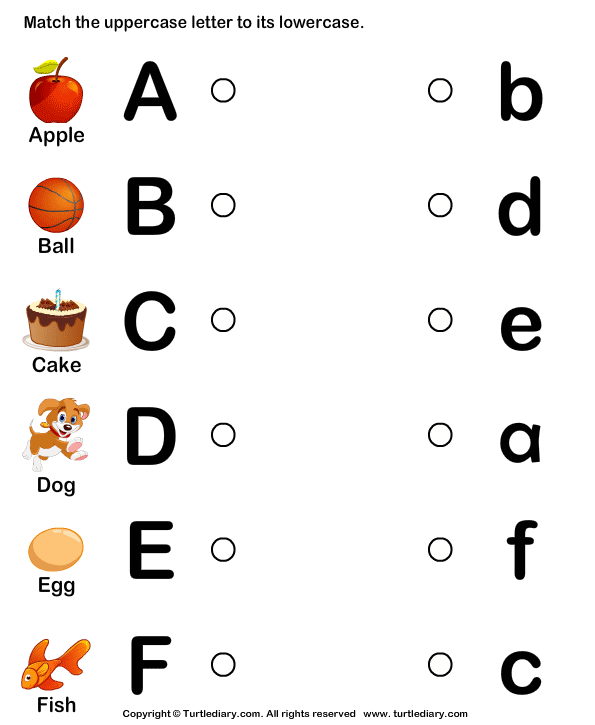 Once you do, you’ll be redirected to the download!
Once you do, you’ll be redirected to the download!
Related Worksheets for Kids
Looking for more printable worksheets to help you child (or students) learn? Check out these articles:
- Free Printable Saint Patrick’s Day Colour-by-Number
- 3 FREE Printable Easter I Spy Activity Sheets
- “All About My Daddy” (+ Grandpa & Stepdad): Free Printable Father’s Day Questionnaires
- Free Printable Thanksgiving Tracing Worksheets for Preschool
- 7 FREE Back-to-School Word Search Puzzles with Answer Keys
The Craft-at-Home Family uses cookies to ensure you have the best possible experience on our site. Should you reject cookies, certain features and functionalities may not be available to you and certain areas may be restricted. For more details, please view Privacy Policy and our Cookie Policy.OKReject Cookies
CAPITAL LETTERS - what are they (large or small)? Example
Capital letters are uppercase letters that are larger than lowercase letters.
What are capital letters?
In Russian writing, letters differ in their graphic design: some are large, others are small or lower case. Large letters are often referred to as capital letters. As can be understood from this "speaking" name, they begin headings, that is, they indicate the beginning of
- sentences
- period
- paragraphs
- stanzas
- someone else's speech, etc.
- By everyone is born for some work, - objected E. Hemingway and added:
- By everyone who walks the earth has his duties in life.In an old style heals me.
E There is charm in ancient speech.
About is not like your words
and are more modern and sharper.Bella Akhmadulina
Capital letters are a common name. In Russian, a special linguistic term is used - capital letters.
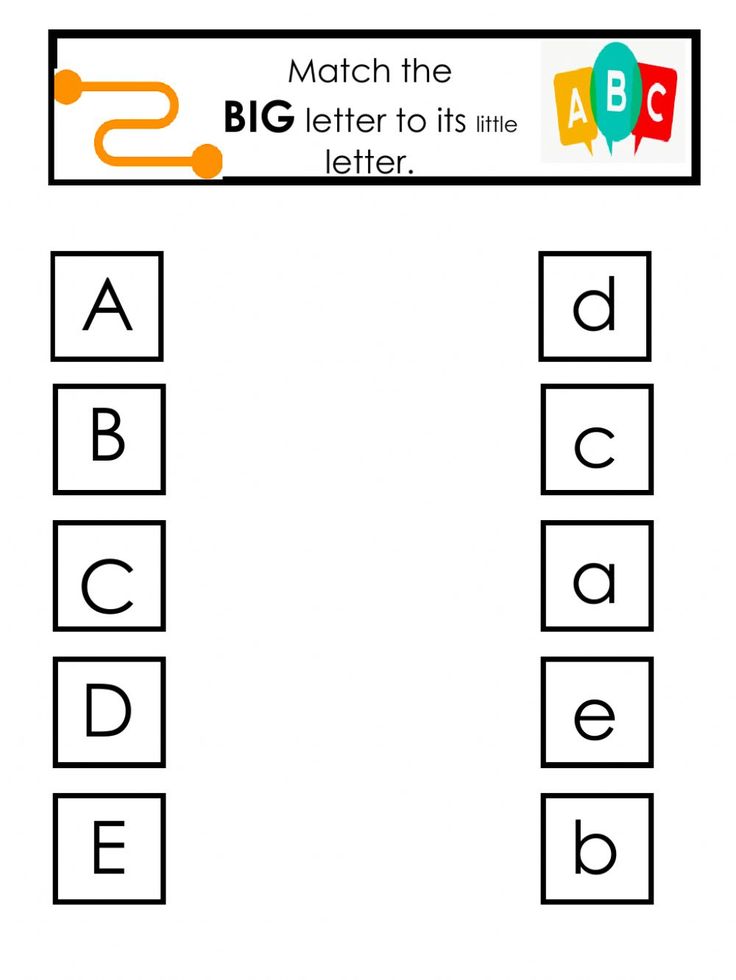 Once upon a time, at the dawn of handwriting, they were really carefully written at the beginning of a line, and decorated in every possible way to distinguish them from other ordinary letters. Emphasizing the initial letter of the first word is the oldest writing technique that was used before the invention of printing. When typography appeared, the tradition of using capital letters at the beginning of a sentence and to highlight proper names survived.
Once upon a time, at the dawn of handwriting, they were really carefully written at the beginning of a line, and decorated in every possible way to distinguish them from other ordinary letters. Emphasizing the initial letter of the first word is the oldest writing technique that was used before the invention of printing. When typography appeared, the tradition of using capital letters at the beginning of a sentence and to highlight proper names survived. Let's consider in detail the cases in which uppercase or lowercase letters are used in modern Russian.
The use of capital letters
Capital letters are used not only in headings, at the beginning of sentences, but also to highlight certain words found anywhere in written speech. These special words include
- proper names;
- items.
In Russian orthography, proper names must be written with a capital letter:
1. names, patronymics, surnames, pseudonyms, nicknames of people, names of gods, mythical creatures, fairy-tale and literary heroes
- Tanya, Vasilek, Andryushka;
- Alexander Sergeyevich Pushkin;
- Gaius Julius Caesar;
- Vladimir Krasnoe Solnyshko;
- O'Henry (William Sidney Porter)
- Curly, Chernysh, Beetle, Top;
- Zeus, Hera, Apollo;
- Vasilisa the Beautiful, Cinderella, The Nutcracker.
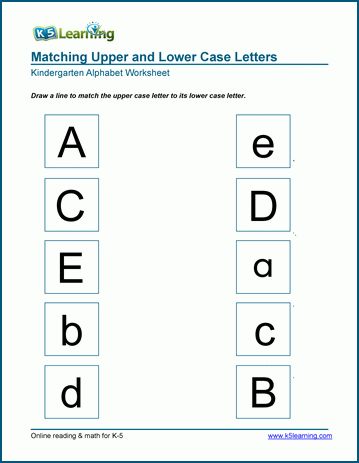
2. animal names
- Tortilla turtle;
- cat Marquis;
- dog Oliver;
3. geographical names, except for generic words (krai, region, district, city, settlement, village, river, lake, mountain, sea, bay, etc.)
- Krasnodar Territory;
- Saratov region;
- City of Mosty;
- Veliky Ustyug;
- Sokol settlement;
- Ponizovye village;
- Volga river;
- Lake Seliger;
- Red Sea;
- Everest.
4. astronomical names
- Cygnus constellation;
- Solar Galaxy;
- Alpha Centauri.
The words "Earth", "Moon" and "Sun" as the names of celestial bodies are written with a capital letter and with a lowercase letter if they are used as common nouns.
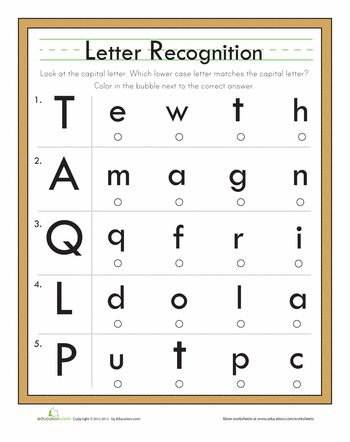 Compare:
Compare: Recently, astronomers have difficulty distinguishing spots on the Sun.
Rosehip stood with large flowers turned towards the sun, covered with many buds (K. G. Paustovsky).
Note that in proper names all words , their components, are capitalized , except for nouns denoting generic concepts and service words, for example:
- city of Rostov-on-Don;
- Ludwig van Beethoven;
- Vicomte de Bragelonne;
- Vasco da Gamma.
In this way, proper names differ from the names of organizations, institutions, industrial associations, architectural monuments, etc.
In titles, capitalize only the first word , for example:
- Socio-Political Research Foundation;
- Research Institute of Road Engineering;
- Main Department of Internal Affairs;
- House of scientists;
- Bronze Horseman.
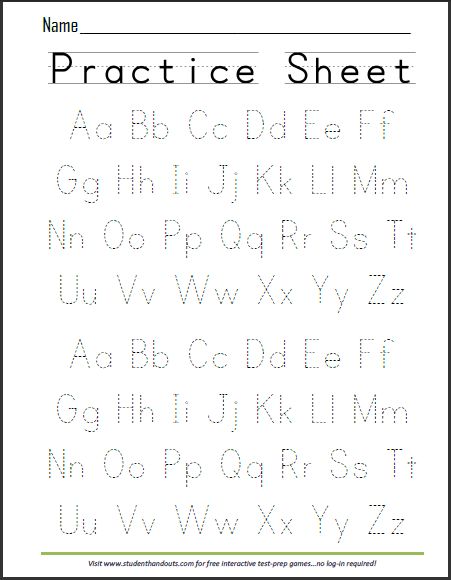
The name may contain more capital letters if it contains a proper name, for example:
- Kristall Association;
- Information Telegraph Agency of Russia;
- Great Hall of the Moscow Conservatory;
- Supreme Court of the Russian Federation.
The capital letter is also used in pronouns you, you, your in documents, business letters when addressing one person politely.
Uppercase and lowercase letters in documents
When compiling documents and checking projects prepared by executors, it is quite often necessary to “take out” errors from them, incl. fight for literacy. And this article will help you with this. You will figure out what letter to write the legal form in the name of the company, as well as the names of government agencies, structural divisions, positions, elements of foreign names of people, names of documents, the word "application", the names of the subject of the Russian Federation, geographical concepts, airports, railway stations, streets , metro stations, events and holidays, when you write with a capital letter, and when with a small letter.
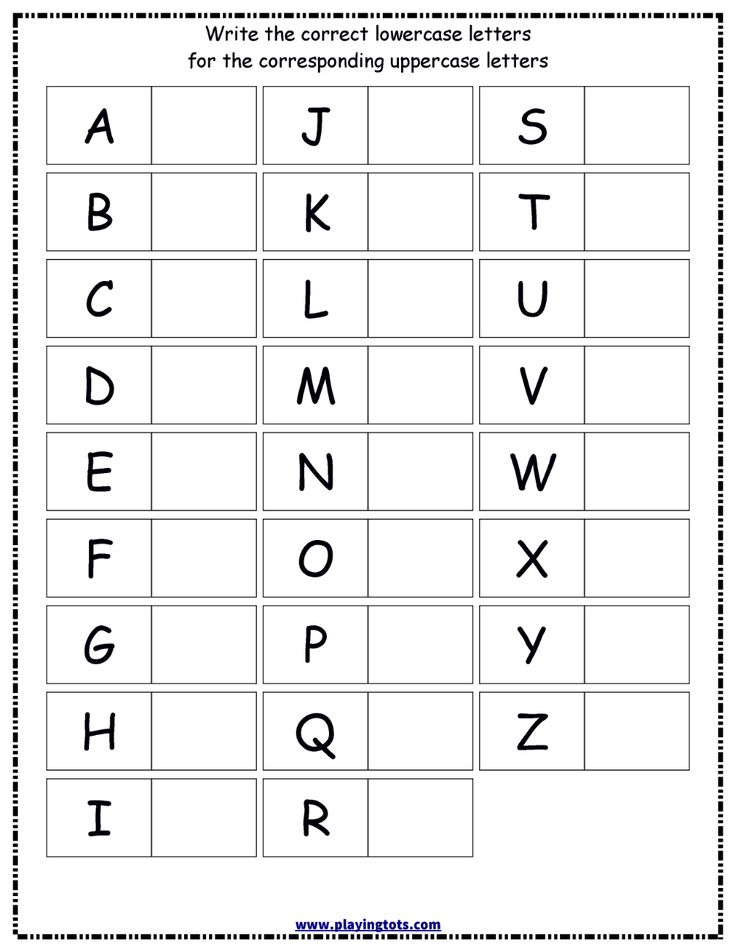 The difficulty lies in the fact that sometimes the choice of lowercase or uppercase letter for a particular element can be different. And it depends on the specific circumstances.
The difficulty lies in the fact that sometimes the choice of lowercase or uppercase letter for a particular element can be different. And it depends on the specific circumstances. The capital letter has 2 roles:
1. Used to highlight specific sections of text. It is placed at the beginning of the text and after punctuation marks that end the sentence (after a dot, ellipsis, question mark or exclamation point). This rule is usually not difficult. Although a lowercase (small) letter after the signs "!" or "?", but in business speech this almost never happens.
2. Allows to distinguish proper names from common nouns. And this rule is very popular in business speech.
For information
Previously, in Rus' everything was written in continuous text, even without spaces between words. Only the very beginning of the text was marked with a beautiful letter, decorating it to make it more noticeable. Such a letter was larger than others, it was called a capital letter or capital letter (meaning spelled out, painted).
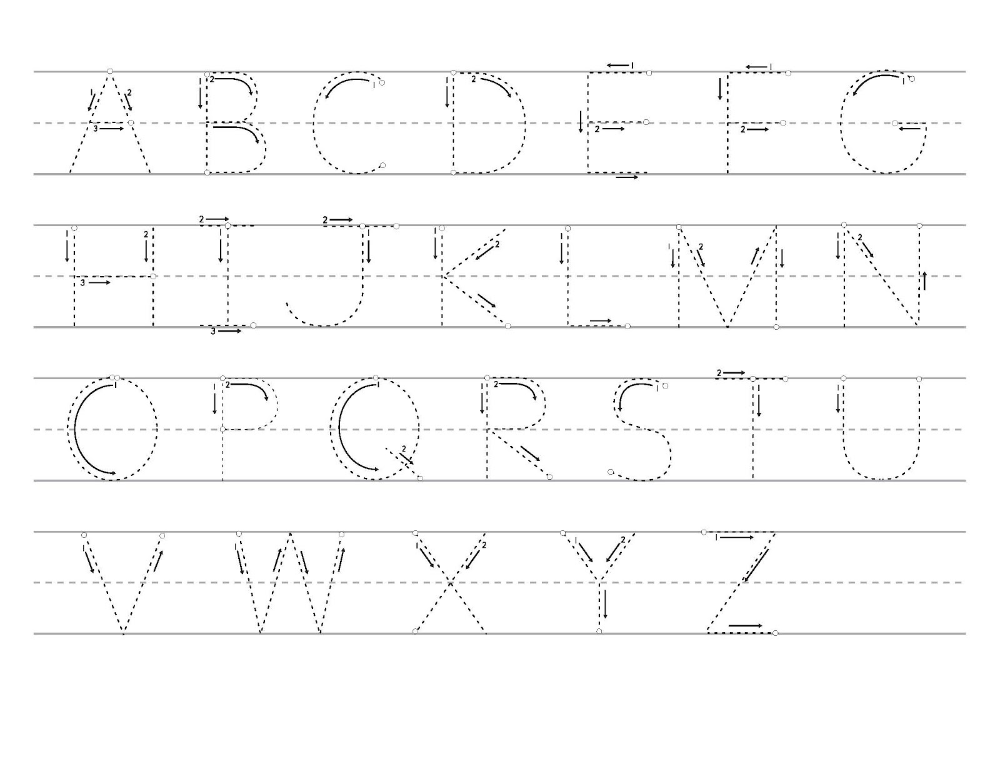
When punctuation marks appeared, it was necessary to indicate the beginning of a sentence - here again a capital letter came in handy. True, you can’t save up for every offer of artistic delights. And the uppercase lost its beauty, retaining the name and size, which is larger than that of other letters in the line - lowercase.
Some languages make extensive use of capitalization, for example marking nearly all nouns in text. Admirers of the English language strive to impose the same rules in Russian. But you don’t need to mindlessly adopt other people’s rules in your monastery.
Proper names are divided into 2 groups:
- The first - proper in the narrow sense (they belong to someone or something). These include:
- names and nicknames of people,
- animal names,
- geographical and astronomical names.
- Second group - item . These are the names of authorities, other institutions and other organizations, associations, historical eras, public events, newspapers, magazines, books, awards, industrial products and much more.
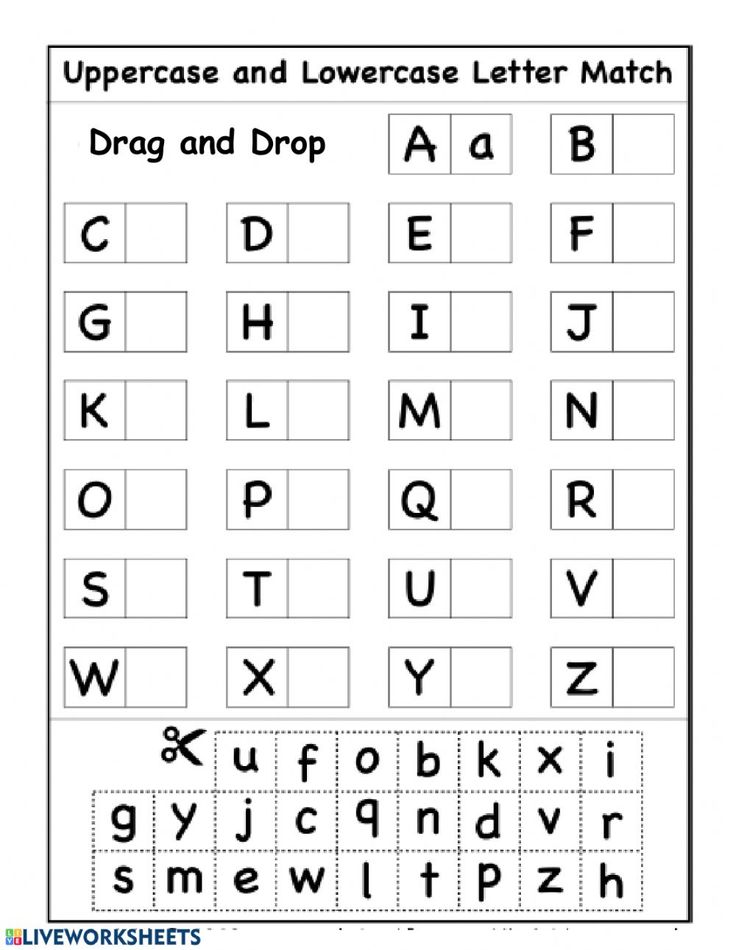
The spelling of proper names is regulated by the rules of the Russian language. And although there are many difficult ones among them, still remember them in order to be guided by a literate person. The general rule is: in proper names (in the narrow sense), all words are capitalized. For example: Nikolai Vasilyevich Gogol (first name, patronymic and last name of a person), Santa Claus (name of a fairy-tale character), Kashtanka (animal nickname), Sirius (star name), Ursa Major (astronomical name), Kamchatka (geographical name), Krivoy Rog (city name).
In speech, proper names are usually accompanied by words denoting gender . For example: a dog (generic term) Bug (name) was playing in the yard. So generic terms do not belong to proper names, they are common nouns and are written with a lowercase letter.
Names of people, incl. foreign
First name, patronymic and last name are always capitalized.
Double surnames are written with a hyphen and both with a capital.
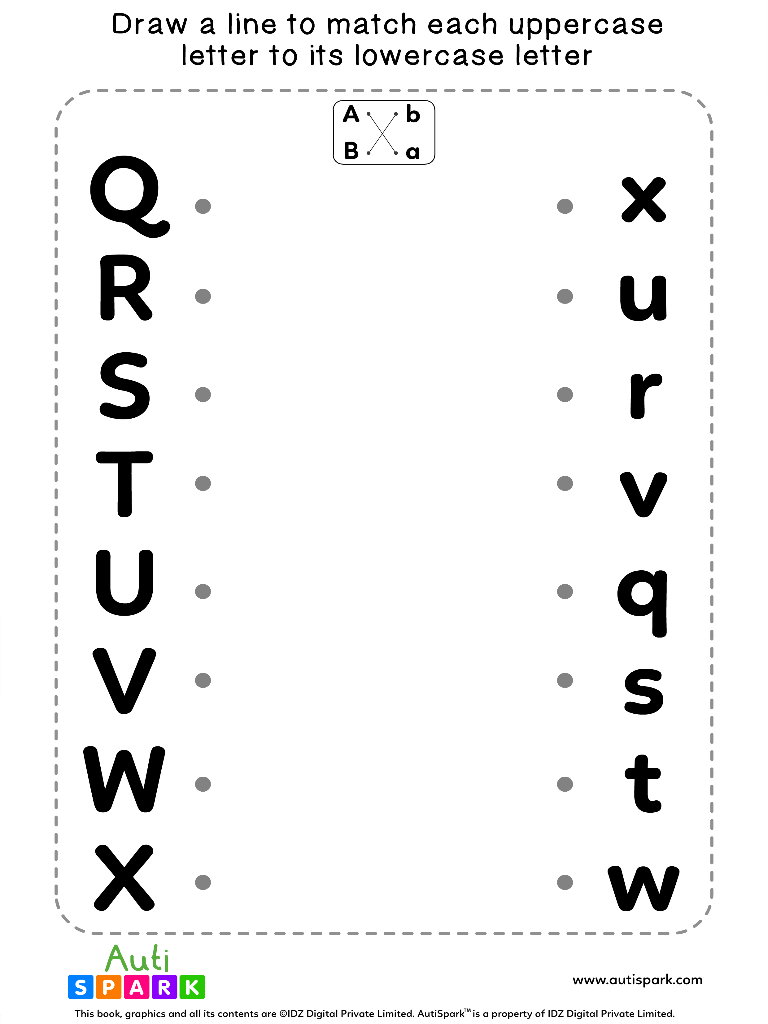 For example, Sukhotina-Tolstaya, Rimsky-Korsakov.
For example, Sukhotina-Tolstaya, Rimsky-Korsakov. Own function words included in names (prepositions, articles) are written in lower case. They are not in Russian names. And in foreign languages, words denoting social status, family relations, and the like are not uncommon. They can be considered generic terms. The following words are used in Eastern names: yeah, hell, al, al, ar, ash, bey, bek, ben, zade, ibn, kyzy, ogly, pasha, khan, ed, el. According to the general rule, they are all written with a lower case - Kerim-aga, Omar al-Sharif, Bashar Hafez al-Assad.
But a capital letter is also possible. For example, if the particle ibn precedes the name: Ibn Sina. And also in a number of names, the spelling of which is determined by tradition. Usually prepositions, articles, etc. function words (van, yes, das, de, della, der, di, dos, du, la, le, background, etc.) are written with lowercase (Leonardo da Vinci, Hans von Bülow, Honore de Balzac).
But capitalization is also possible, as in the source language: Charles De Coster, Dos Passos, Leonardo DiCaprio.
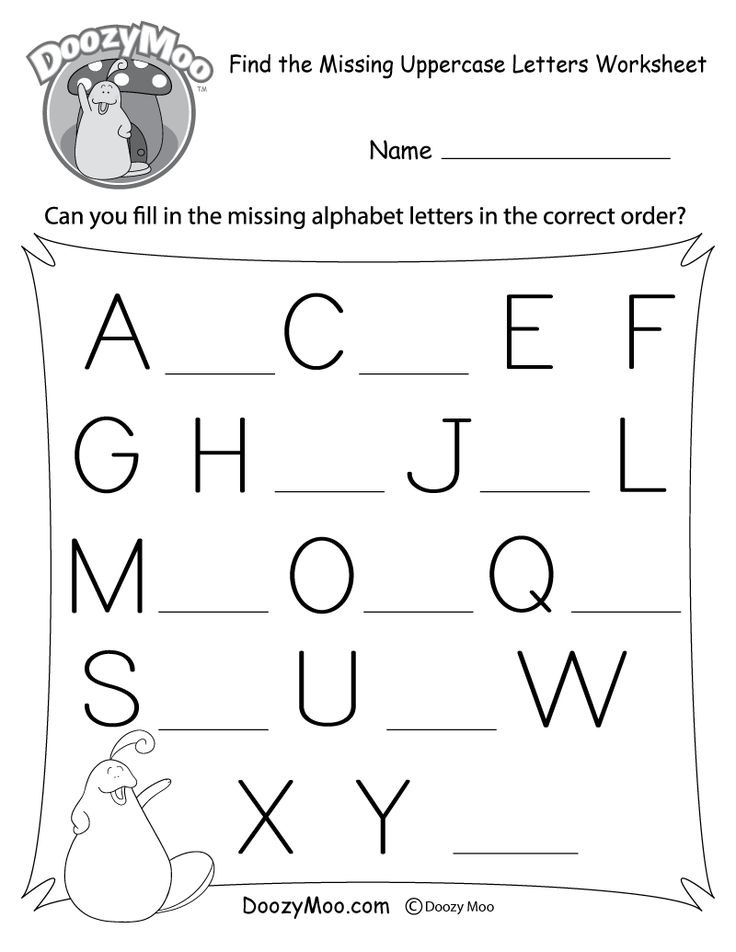
Well, DiCaprio may not get a job in a Russian company. But the spelling of Korean, Vietnamese, etc., as well as Chinese names is better to know. These names consist of 2 or more parts, and each (even 1 letter) is capitalized. For example: Deng Xiaoping, Park Su Yong, Le Thanh Ngi.
In Japanese names we meet particle san , which is written with a hyphen and lowercase (Cio-Cio-san).
Capitalized and hyphenated, Ter- is written in Armenian surnames: Ter-Petrosyan, Ter-Akopov.
Geographical names and administrative-territorial names
If a company has a wide geography of sales or a large branch network, then different geographical names are mentioned in documents every now and then. Let's recall the rules for writing them.
In the names of continents, water bodies, mountains, countries, settlements, streets, etc., all words are written with a capital letter.
Functional words and the words “name, year, year” are written in lowercase, if they are included in the name: Zverev Street, Rostov-on-Don.
